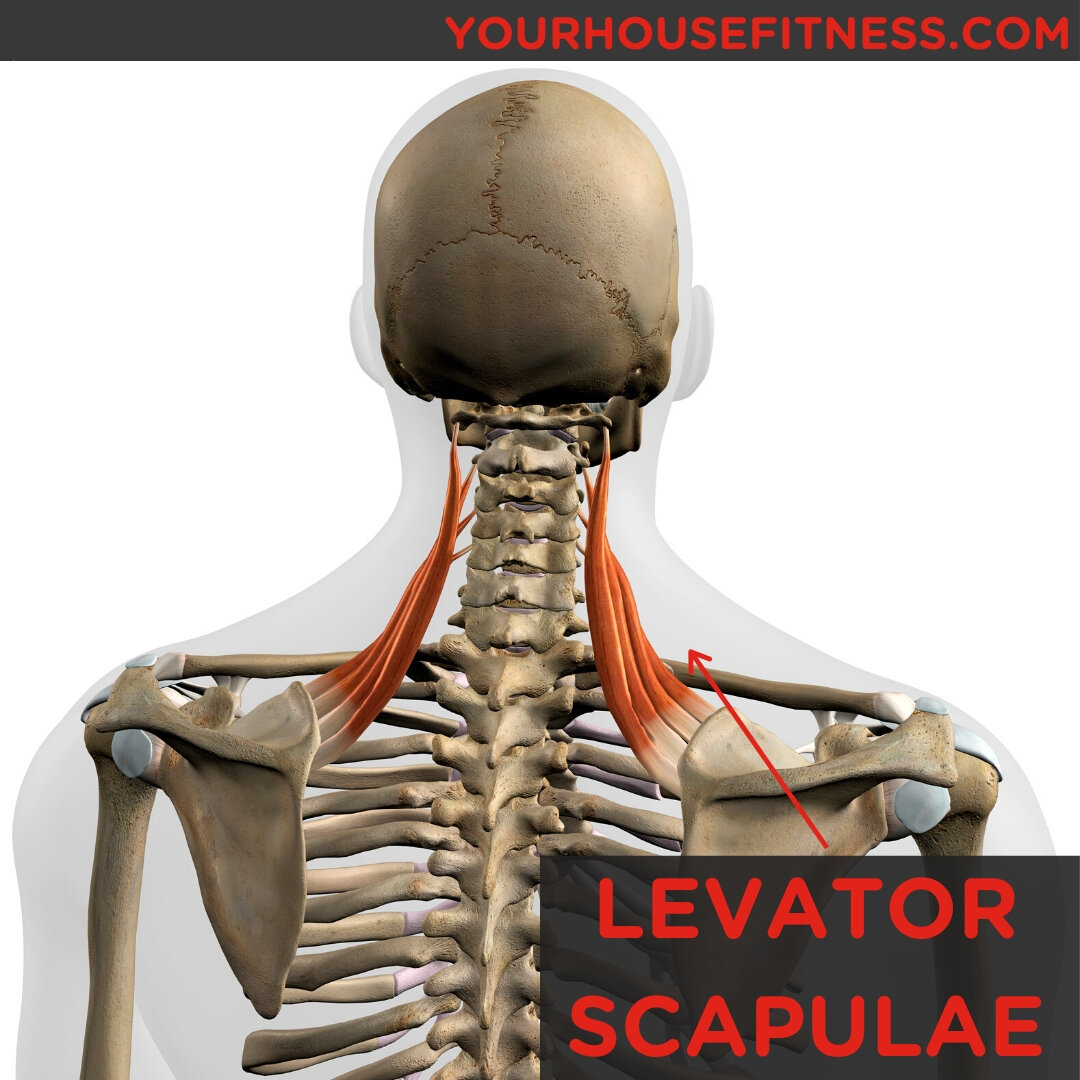Muscle Breakdown: Levator Scapulae
What Is the Levator Scapulae
The Levator Scapulae is an important skeletal muscle located in the back and side of the neck. Although small, it plays a crucial function for the Scapulae. The Levator Scapulae is often a source of pain for many individuals. Keep reading to learn more about this muscle and what you can if you are experiencing pain.
Levator Scapulae Muscle & Cadaver
Levator Scapulae Function
The main function of the Levator Scapulae is to elevate the Scapula and keep them in place during movement. The Levator Scapulae also helps to stabilize the spine during rotation.
Levator Scapulae Origin And Insertion
Levator Scapulae Origin
The Levator Scapulae originates from the transverse processes of the Atlas and the Axis, as well as C3 and C4.
Levator Scapulae Insertion
The Levator Scapulae inserts into the Superior Angle and Medial Border of the Scapula.
Levator Scapulae Innervation
The Levator Scapulae is innervated by the Dorsal Scapular Nerve.
Levator Scapulae Blood Supply
The Levator Scapulae receives its blood supply from the Descending Scapular Artery.
Levator Scapulae Pain
Experiencing pain in the Levator Scapulae can be the result of many different issues such as,
Levator Scapulae Syndrome
Levator Scapulae Strain
Levator Scapulae Injury
Each one of these issues can be caused by overuse of the muscle. When you feel pain anywhere in the body, it is best to listen to what the body is trying to tell you and take a rest. If your occupation requires you to perform repetitive movements, consulting a Kinesiologist or Ergonomist to ensure that you are performing movement in the most optimal way possible to reduce the strain on the Levator Scapulae may be benefical.
What Is Levator Scapulae Syndrome
A syndrome describes a set of symptoms that do not necessarily have a known cause. Levator Scapulae Syndrome is when there is pain around the insertion point of the Levator Scapulae. Generally, you will experience a decrease in the range of motion in that area on the dominant side of the body, an increase in muscle tone and a deep aching pain in the area. The Pain can spread through the neck and shoulder but usually does not radiate down the arm.
Some suggested sources of Levator Scapulae Syndrome include,
Poor posture or movement patterns
Repetitive movements
Carrying a bag on one side of the shoulder
Stress
Treatment for Levator Scapulae Syndrome is aimed at what you believe is causing the pain. For example, if you believe increased stress has caused your Levator Scapulae Syndrome, a massage or relaxation may help to relieve your pain. Strengthening exercises and being aware of your posture throughout the day is also beneficial to avoiding Levator Scapulae Syndrome.
Levator Scapulae Strain
Like any muscle in the body, the Levator Scapulae can be strained. There are 3 grades of strains that range from mild to severe. A mild strain to the Levator Scapulae will cause slight pain and stiffness in the muscle, but you can still maintain its function. A severe strain to the Levator Scapulae will cause great pain, swelling, tenderness and can cause bruising. It is important to take care of a muscle strain so that you do not make the strain worse!
Treatment for a Levator Scapulae Strain includes rest, ice, and heat. The strain will heal itself over time. You can take an anti-inflammatory for the pain or use topical creams. Once the strain has healed, it is suggested to perform exercises to strengthen the muscle.
Levator Scapulae Antagonist
An antagonist muscle means that when one muscle is under tension, the other muscle relaxes. For the Levator Scapulae, the antagonist’s muscles are,
Levator Scapulae Exercises
Barbell Shrug
The Barbell Shrug is great for strengthening the Levator Scapulae because of the movement of the Scapula. To learn how to perform the Barbell Shrug, click here.
Upright Row
The Upright Row is a great way to strengthen the entire upper back. To learn how to perform the Upright Row, click here.
Levator Scapulae Stretch
Stretch 1
Turn the head to the left to about 45-degrees. Place the palm of the left hand on the top of the head. Use your palm to gently press the head down and look downwards. Hold this position for 30 seconds and then switch sides.
Stretch 2
Place your hand across the body at about the hip and hold onto it with the remaining arm. Tilt the head downwards at then look towards the side where your arm is being held. Hold this stretch for 30-seconds and then switch sides.
Upper Back Stretches
Here is a great list of exercises that will stretch the upper back. The Levator Scapulae is a small muscle, and if it is tight, these stretches will serve as a great workout for the neck!

